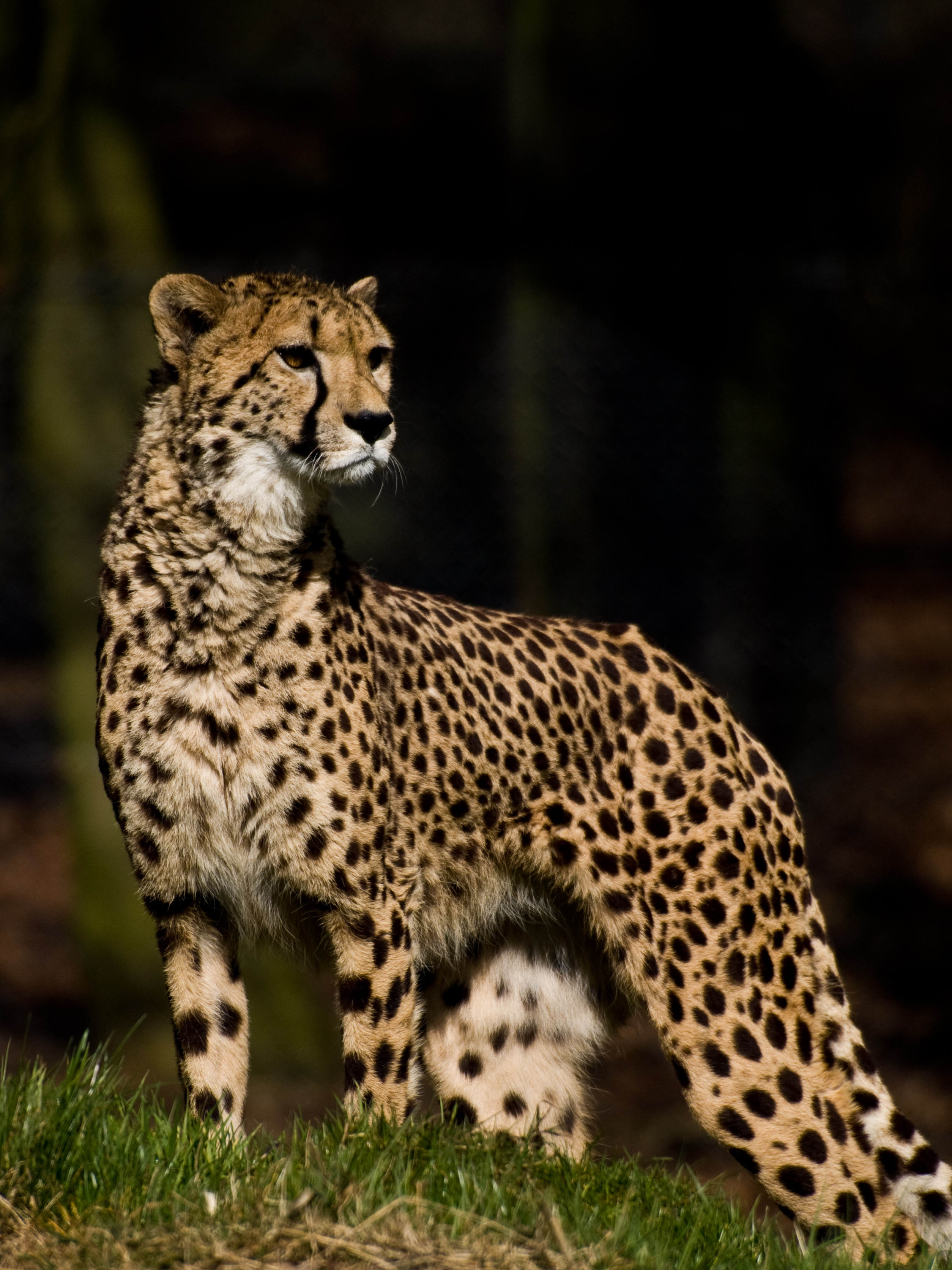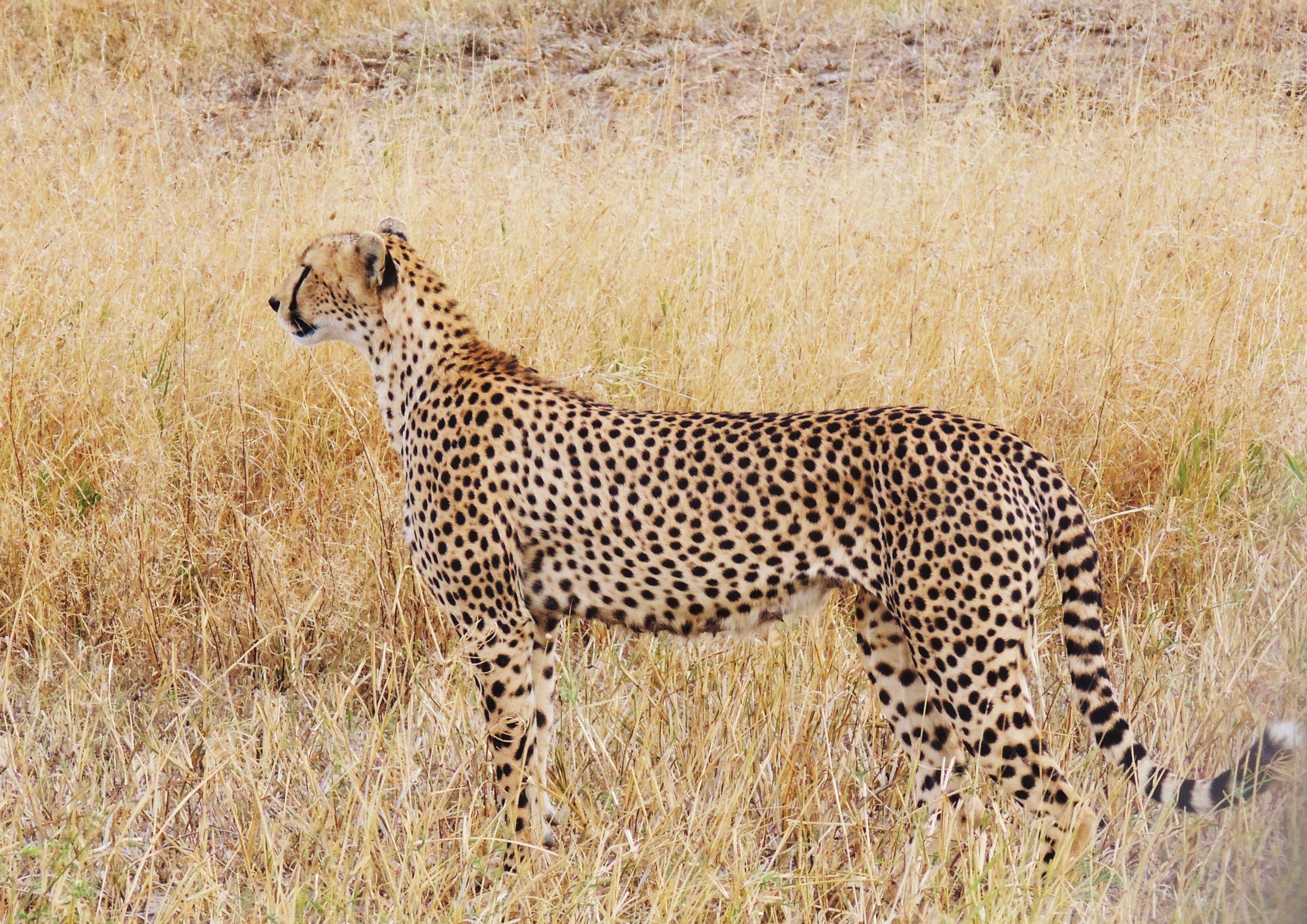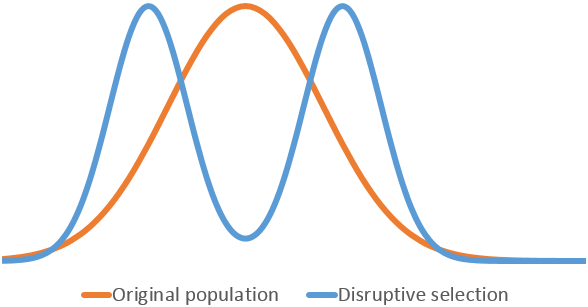|
Sudan Cheetah
The Northeast African cheetah (''Acinonyx jubatus soemmeringii'') is a cheetah subspecies occurring in Northeast Africa. Contemporary records are known in South Sudan, Uganda, and Ethiopia, but population status in Eritrea, Djibouti, Somalia, Kenya, and Sudan is unknown. It was first described under the scientific name ''Cynailurus soemmeringii'' by the Austrian zoologist Leopold Fitzinger in 1855 on the basis of a specimen from Sudan’s Bayuda Desert brought to the Tiergarten Schönbrunn in Vienna. It is also known as the Sudan cheetah. In the 1970s, the cheetah population in Ethiopia, Sudan and Somalia was roughly estimated at 1,150 to 4,500 individuals. In 2024, it was estimated that 533 individuals live inside protected areas in this region; the number of individuals living outside protected areas is unknown. This subspecies is more closely related to the Southern African cheetah than to Saharan cheetah populations. Results of a phylogeographic analysis indicate that t ... [...More Info...] [...Related Items...] OR: [Wikipedia] [Google] [Baidu] |
East African Cheetah
The East African cheetah (''Acinonyx jubatus jubatus''), is a cheetah population in East Africa. It lives in grasslands and savannas of Tanzania, Kenya, Uganda and Somalia. The cheetah inhabits mainly the Serengeti ecosystem, including Maasai Mara, and the Tsavo landscape. A cheetah from British East Africa was Species description, described by the American zoologist Edmund Heller in 1913. He proposed the Trinomial nomenclature, trinomen ''Felis jubatus raineyi'' as a distinct subspecies. It also was recognized as several other distinct subspecies, such as ''A. j. ngorongorensis'' and ''A. j. velox''. In 2017, the Cat Classification Task Force of the IUCN Species Survival Commission#Cat Specialist Group, Cat Specialist Group subsumed ''A. j. raineyi'' to ''East-Southern African cheetah, A. j. jubatus''. In 2007, the total number of cheetahs in East Africa were estimated at 1,960 to 2,572 adults and independent adolescents. East African cheetahs form the second-largest populatio ... [...More Info...] [...Related Items...] OR: [Wikipedia] [Google] [Baidu] |
Bayuda Desert
The Bayuda Desert, located at , is in the eastern region of the Sahara Desert, spanning approximately 100,000 km2 of northeast Sudan north of Omdurman and south of Korti, embraced by the great bend of the Nile in the north, east, and south and limited by the Wadi Muqaddam in the west. The north-to-south-aligned Wadi Abu Dom divides the Bayuda Desert into the eastern Bayuda Volcanic Field and the western ochre-colored sand-sheets scattered with rocky outcrop. Gold mining occurs today from October to March, as laborers work auriferous quartz found in wadis and shallow mines. These workings are usually in areas previously worked during the New Kingdom of Egypt and the Early Arab Period. In July 2020, it was found that gold hunters had used heavy machinery at the Jabal Maragha archaeological site, destroying it by digging a huge trench. The gold diggers were arrested and their equipment seized, but they were later released without charges. The Bayuda Desert route Throu ... [...More Info...] [...Related Items...] OR: [Wikipedia] [Google] [Baidu] |
Johann Andreas Wagner
Johann Andreas Wagner (21 March 1797 – 17 December 1861) was a German palaeontologist, zoologist and archaeologist who wrote several important works on palaeontology. He was also a pioneer of biogeographical theory. Career Wagner was born in Nuremberg and received a PhD from the University of Erlangen in 1826 after spending some time in the University of Wurzburg (1814-16). He worked as a privatdozent at Erlangen after a tour that included a visit to Paris. In 1832 he became an adjunct to Gotthilf Heinrich von Schubert at the Munich zoological collection. In 1835 he was elected to the Bavarian Academy of Sciences and Humanities, Royal Bavarian Academy of Science. In 1845 he organized a survey of the distributions of 44 vertebrates (16 mammals, 27 birds, 1 reptile) across the districts of Bavaria under auspices of the Kingdom of Bavaria. In 1849 he was made third curator for the zoological collections. He was the author of ''Die Geographische Verbreitung der Säugethiere Da ... [...More Info...] [...Related Items...] OR: [Wikipedia] [Google] [Baidu] |
Bahr-el-Abiad
The White Nile ( ') is a river in Africa, the minor of the two main tributaries of the Nile, the larger being the Blue Nile. The name "White" comes from the clay sediment carried in the water that changes the water to a pale color. In the strict meaning, "White Nile" refers to the river formed at Lake No, at the confluence of the Bahr al Jabal and Bahr el Ghazal Rivers. In the wider sense, "White Nile" refers to all the stretches of river draining from Lake Victoria through to the merger with the Blue Nile: the "Victoria Nile" from Lake Victoria via Lake Kyoga to Lake Albert, then the "Albert Nile" to the South Sudan border, and then the "Mountain Nile" or "Bahr-al-Jabal" down to Lake No. "White Nile" may sometimes include the headwaters of Lake Victoria, the most remote of which being from the Blue Nile. The 19th-century search by Europeans for the source of the Nile was mainly focused on the White Nile, which disappeared into the depths of what was then known as "Darkest ... [...More Info...] [...Related Items...] OR: [Wikipedia] [Google] [Baidu] |
Synonym (taxonomy)
In taxonomy, the scientific classification of living organisms, a synonym is an alternative scientific name for the accepted scientific name of a taxon. The Botanical nomenclature, botanical and Zoological nomenclature, zoological codes of nomenclature treat the concept of synonymy differently. * In nomenclature, botanical nomenclature, a synonym is a Binomial nomenclature, scientific name that applies to a taxon that now goes by a different scientific name. For example, Carl Linnaeus, Linnaeus was the first to give a scientific name (under the currently used system of scientific nomenclature) to the Norway spruce, which he called ''Pinus abies''. This name is no longer in use, so it is now a synonym of the current scientific name, ''Picea abies''. * In zoology, moving a species from one genus to another results in a different Binomial nomenclature, binomen, but the name is considered an alternative combination rather than a synonym. The concept of synonymy in zoology is reserved f ... [...More Info...] [...Related Items...] OR: [Wikipedia] [Google] [Baidu] |
Samuel Thomas Von Soemmerring
Samuel is a figure who, in the narratives of the Hebrew Bible, plays a key role in the transition from the biblical judges to the United Kingdom of Israel under Saul, and again in the monarchy's transition from Saul to David. He is venerated as a prophet in Judaism, Christianity, and Islam. In addition to his role in the Bible, Samuel is mentioned in Jewish rabbinical literature, in the Christian New Testament, and in the second chapter of the Quran (although the text does not mention him by name). He is also treated in the fifth through seventh books of ''Antiquities of the Jews'', written by the Jewish scholar Josephus in the first century. He is first called "the Seer" in 1 Samuel 9:9. Biblical account Family Samuel's mother was Hannah and his father was Elkanah. Elkanah lived at Ramathaim in the district of Zuph. His genealogy is also found in a pedigree of the Kohathites (1 Chronicles 6:3–15) and in that of Heman the Ezrahite, apparently his grandson (1 Chronicles 6 ... [...More Info...] [...Related Items...] OR: [Wikipedia] [Google] [Baidu] |
Kordofan
Kordofan ( ') is a former province of central Sudan. In 1994 it was divided into three new federal states: North Kordofan, South Kordofan and West Kordofan. In August 2005, West Kordofan State was abolished and its territory divided between North and South Kordofan States, as part of the implementation of the Comprehensive Peace Agreement between the Government of Sudan and the Sudan People's Liberation Movement. West Kordofan was reestablished in July 2013. Geography Kordofan covers an area of some 376,145 km2 (146,932 miles²), with an estimated population in 2000 of 3.6 million (3 million in 1983). It is largely an undulating plain, with the Nuba Mountains in the southeast quarter. During the rainy season from June to September, the area is fertile, but in the dry season, it is virtually desert. The region's chief town is El-Obeid. Economy and demography Traditionally the area is known for production of gum arabic. Other crops include groundnuts, cotton and mill ... [...More Info...] [...Related Items...] OR: [Wikipedia] [Google] [Baidu] |
Species Description
A species description is a formal scientific description of a newly encountered species, typically articulated through a scientific publication. Its purpose is to provide a clear description of a new species of organism and explain how it differs from species that have been previously described or related species. For a species to be considered valid, a species description must follow established guidelines and naming conventions dictated by relevant nomenclature codes. These include the International Code of Zoological Nomenclature (ICZN) for animals, the International Code of Nomenclature for algae, fungi, and plants (ICN) for plants, and the International Committee on Taxonomy of Viruses (ICTV) for viruses. A species description often includes photographs or other illustrations of type material and information regarding where this material is deposited. The publication in which the species is described gives the new species a formal scientific name. Some 1.9 million ... [...More Info...] [...Related Items...] OR: [Wikipedia] [Google] [Baidu] |
Scientific Name
In Taxonomy (biology), taxonomy, binomial nomenclature ("two-term naming system"), also called binary nomenclature, is a formal system of naming species of living things by giving each a name composed of two parts, both of which use Latin grammar, Latin grammatical forms, although they can be based on words from other languages. Such a name is called a binomial name (often shortened to just "binomial"), a binomen, name, or a scientific name; more informally, it is also called a Latin name. In the International Code of Zoological Nomenclature (ICZN), the system is also called nomenclature, with an "n" before the "al" in "binominal", which is a typographic error, meaning "two-name naming system". The first part of the name – the ''generic name (biology), generic name'' – identifies the genus to which the species belongs, whereas the second part – the specific name or specific epithet – distinguishes the species within the genus. For example, modern humans belong to the ... [...More Info...] [...Related Items...] OR: [Wikipedia] [Google] [Baidu] |
Genetic Divergence
Genetic divergence is the process in which two or more populations of an ancestral species accumulate independent genetic changes ( mutations) through time, often leading to reproductive isolation and continued mutation even after the populations have become reproductively isolated for some period of time, as there is not any genetic exchange anymore. In some cases, subpopulations cover living in ecologically distinct peripheral environments can exhibit genetic divergence from the remainder of a population, especially where the range of a population is very large (see parapatric speciation). The genetic differences among divergent populations can involve silent mutations (that have no effect on the phenotype) or give rise to significant morphological and/or physiological changes. Genetic divergence will always accompany reproductive isolation, either due to novel adaptations via selection and/or due to genetic drift, and is the principal mechanism underlying speciation. On a m ... [...More Info...] [...Related Items...] OR: [Wikipedia] [Google] [Baidu] |
Northwest African Cheetah
The Northwest African cheetah (''Acinonyx jubatus hecki''), also known as the Saharan cheetah, is a cheetah subspecies native to the Sahara and the Sahel. It is listed as Critically Endangered on the IUCN Red List. In 2008, the population was suspected to number less than 250 mature individuals. The Northwest African cheetah was described by German zoologist Max Hilzheimer in 1913 under the scientific name ''Acinonyx hecki''. Taxonomy ''Felis jubata senegalensis'' was described by Henri Marie Ducrotay de Blainville in 1843 based on a cheetah from Senegal. As this name was preoccupied, it is considered synonymous with ''A. j. hecki''. ''Acinonyx hecki'' was the scientific name proposed by Max Hilzheimer in 1913, based upon a captive cheetah in the Berlin Zoological Garden that also originated in Senegal. Characteristics The Northwest African cheetah is quite different in appearance from the other African cheetahs. Its coat is shorter and nearly white in color, with spots that ... [...More Info...] [...Related Items...] OR: [Wikipedia] [Google] [Baidu] |






